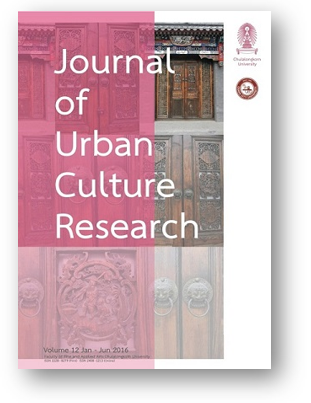Ruang Terbuka Hijau: Observing Green Social Spaces in Central Jakarta
DOI:
https://doi.org/10.14456/jucr.2016.3Keywords:
Social Spaces, South East Asia, Green Open Urban Spaces, Urban LandscapesAbstract
Urban Park potentially act as spaces for social connectivity, one of the most important aspects of urban livability, health and social sustainability. To understand if this occurs in a megacity context, a short study utilizing a non-participant observation method in Central Jakarta’s two culturally popular urban parks were conducted, investigating the social operation of public urban parks and nearby informal green spaces. Field notes and photos taken in this observation will reveal some of the information on users and the social life of parks that management and policy makers can take into account for future planning. Final reflections note the efficacy and limitations of employing non-participant observation methods when seeking to understand (and ultimately manage) complex/spatial cultural patterns relationships.
Downloads
Published
How to Cite
Issue
Section
License
Authors authorize the JUCR to publish their materials both in print and online while retaining their full individual copyright. The copyright of JUCR volumes is retained by Chulalongkorn University.
The views and opinions expressed herein are those of the individual author(s) and do not necessarily reflect the policies or opinions of the Journal (JUCR), it editors and staff, Chulalongkorn University, or Osaka Metropolitan University.








